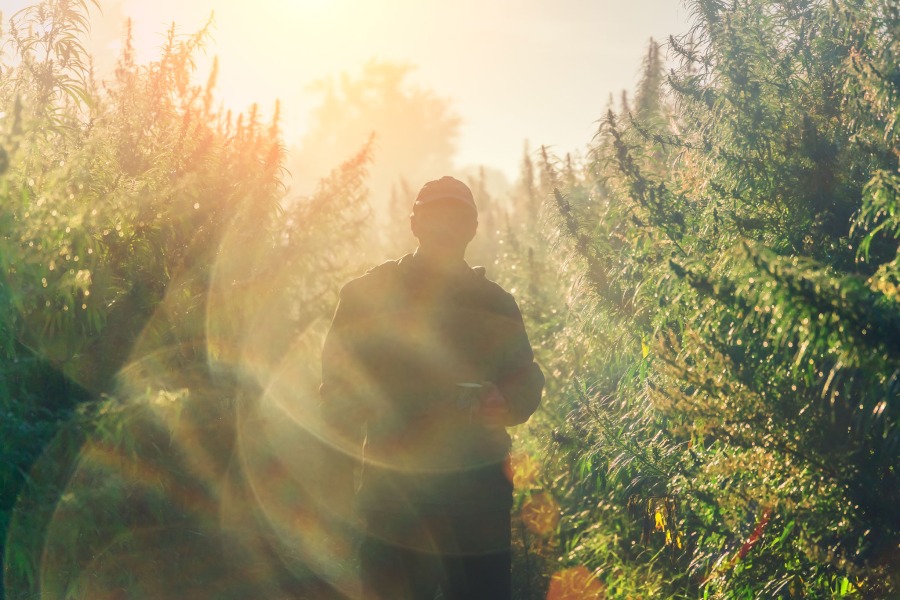
Cannabidiol, or CBD as it's more commonly known, has gained significant attention due to its potential wellness benefits. But have you ever wondered where your CBD comes from or how it's produced? Understanding the life cycle of CBD - from growth to harvest - can provide valuable insights into the quality of the product you choose. For example, our locally grown CBD in Michigan follows a meticulous process to ensure optimal quality and purity. In this guide, we'll explore the life cycle of CBD, offering a peek into the intricate journey from seed to shelf.
The life cycle of a CBD product begins with the planting of hemp seeds. Hemp is a robust plant that can grow in various climates, although it thrives in a mild climate and fertile soil with good drainage. After selecting high-quality, certified seeds, farmers plant them in well-prepared soil. The timing of planting is crucial, often carried out in the spring, to ensure the plants have enough time to grow and mature before the harvest season.
During the vegetative phase, hemp plants focus on growing green, leafy foliage. The plants require ample sunlight and water during this time to facilitate photosynthesis and support their growth. This phase lasts about 3-16 weeks, depending on the specific hemp variety and the growing conditions.
As the days start to shorten in late summer, hemp plants transition into the flowering stage. This is when female hemp plants produce flowers rich in CBD, while male plants generate pollen. Farmers often remove male plants to prevent fertilization, as fertilized female plants will produce seeds, leading to lower CBD content.
Harvesting typically occurs about three to four months after planting, depending on the specific hemp variety and the CBD concentration. Farmers monitor the plant's trichomes, small crystal-like appendages on the flowers that carry most of the CBD. When these trichomes turn from clear to milky white, it's usually an indicator that the plant is ready for harvest.
After harvesting, the plants go through a drying and curing process. This involves hanging the plants upside down in a controlled environment to dry slowly. This stage is crucial for preserving the CBD content and the flavor profile of the hemp.
The dried and cured hemp is then processed to extract the CBD, along with other beneficial cannabinoids, terpenes, and flavonoids.
Finally, the extracted CBD oil is used to create a variety of CBD products, including tinctures, topicals, edibles, and more. At this stage, products are often subjected to third-party testing to verify their CBD content and ensure they're free from any contaminants.
The life cycle of CBD is a complex, meticulously controlled process that contributes significantly to the quality of the final product. At HOH CBD, we take great pride in offering locally grown CBD in Michigan, following strict cultivation and extraction practices to ensure our customers receive the highest quality CBD products. Remember, while CBD may offer potential wellness benefits, it should be used as part of a balanced lifestyle and in consultation with healthcare professionals.
Disclaimer
The products on this site are not for use by or sale to persons under the age of 21. Furthermore, they should be used only as directed on the label, and should not be used if you are pregnant or nursing. Always consult with a physician before use if you have a serious medical condition or use prescription medications. In general, a doctor’s advice should be sought before using this and any supplemental dietary product. Finally, all the statements on this site have not been evaluated by the FDA, nor are they intended to diagnose, treat, cure or prevent any disease.

5602